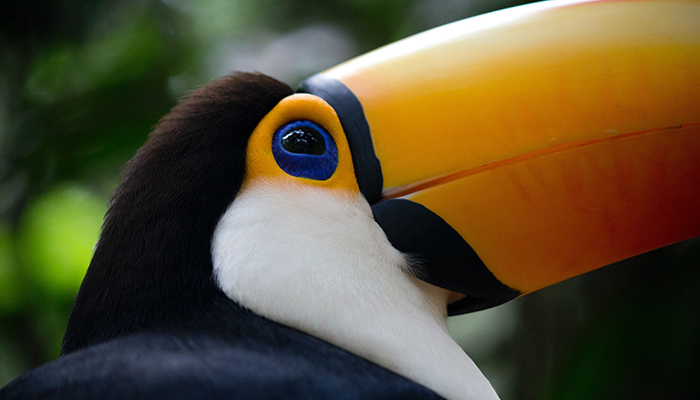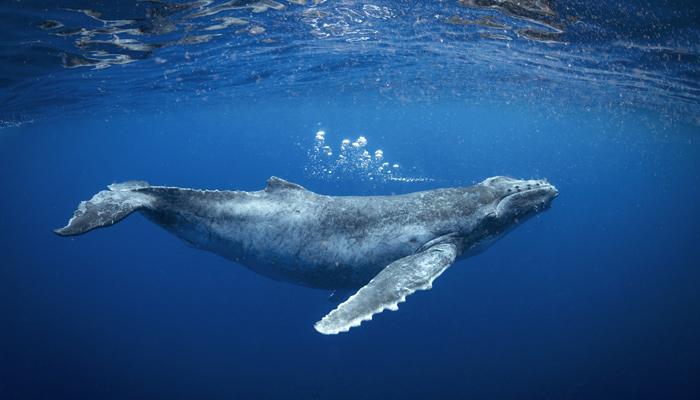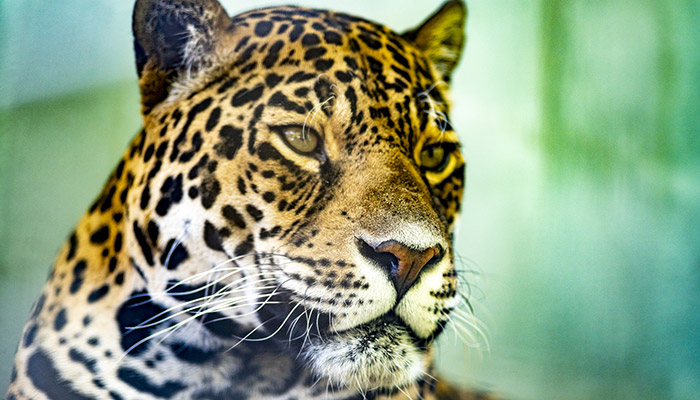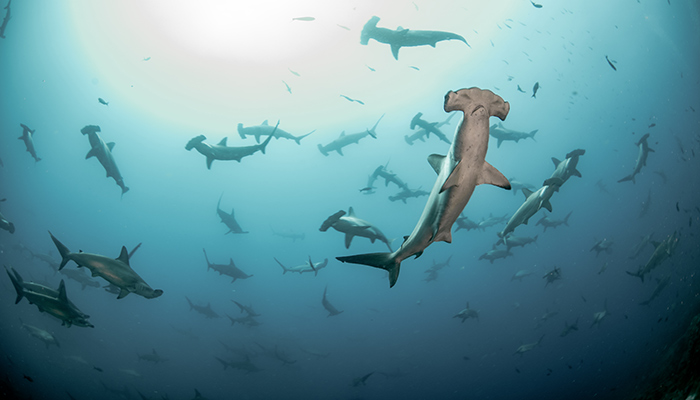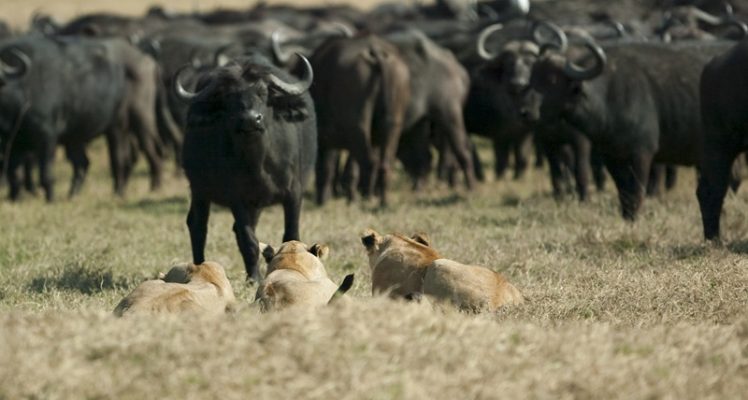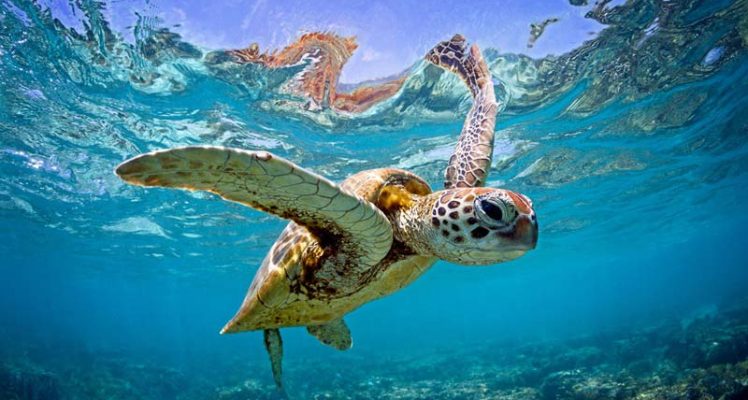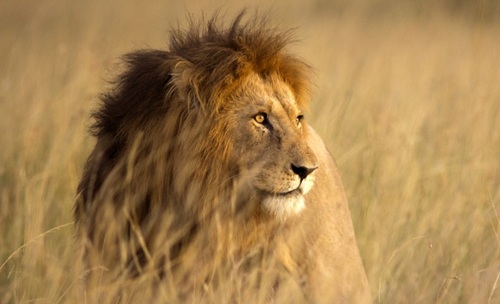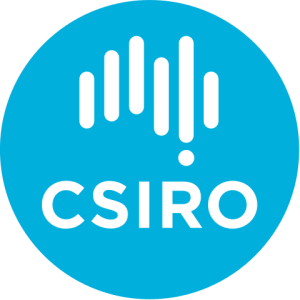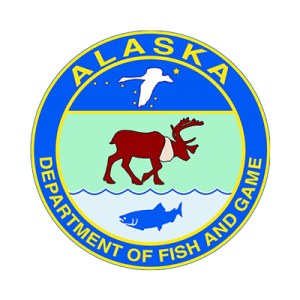Wildlife Monitoring
Argos Services are accessible around the world to help monitor wildlife.
8,000+
animals tracked every month
300,000+
animals already tracked with Argos
Global System
that can track animals in remote areas
Low-power
consumption, so beacons can be smaller and last longer
Understanding the Earth’s biodiversity
Available in even the most remote areas, Argos Services can be accessed by even the smallest transmitters and offers the means to improve knowledge that is vital for implementing conservation measures, effective land management, and fighting against poaching and massacres.
Discover the wide range of solutions available for four major wildlife categories:
Birds
Marine Animals
Land Animals
Fish
Latest News
Human-Wildlife Conflict Efforts Expanded with Argos
In South Africa, the savannah tells a complex story, where humans, livestock, and wildlife share space, but not always peacefully. Our work with the Endangered Wildlife Trust (EWT) has been...
New Global Initiative to Map Blue Corridors for Turtles
A new WWF-coordinated initiative called Blue Corridors for Turtles aims to close critical gaps in marine turtle and ocean conservation. Launched on World Sea Turtle Day, this multi-partner...
From Space to Savannah: Argos Services Prevent Conflict between Cattle and Carnivores
In South Africa, many livestock farmers live close to protected nature reserves. When cattle wander into these areas, they are at risk of being attacked by wild predators such as lions, leopards, or...
Begin with Argos
CLS teams experts in environmental monitoring from space are at your disposal to connect any of your projects.

